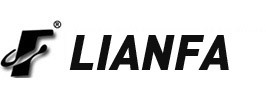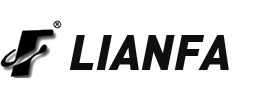Welcome to Lianfa Stainless Steel Pipes and Valves (QingYun) Co Ltd
NEWS CENTER
Introduction and advantages of stainless steel
Stainless Steel (Stainless Steel) is defined in GB/T20878-2007 as a steel with stainless steel and corrosion resistance as its main characteristics, with a chromium content of at least 10.5% and a carbon content of no more than 1.2%. Stainless steel is the abbreviation of stainless and acid-resistant steel. The steel that is resistant to weak corrosive media such as air, steam and water or has stainless steel is called stainless steel; Corroded steel is called acid-resistant steel.
2022
02-21
As the world’s largest offshore oil services tradeshow, the Offshore Technology Conference (OTC) typically attracts 50,000 energy professionals from 110 countries. Boasting more than one-half million square feet of exhibition area, with 2,500 companies from more than 35 countries in an area the size of 13 football fields. OTC ranks among the largest 200 trade shows held annually in the United States and is among the 10 largest meetings in terms of attendance.
2022
02-21
Common causes of leaks in flanges
Common causes of leaks in flanges: The wrong mouth, the wrong mouth is that the pipe and the flange are straight, but the two flanges are not the same, so that the bolts around can not enter the bolt hole leisurely. Some will use reaming or use small bolts, but this will reduce the tension of the flange.
2022
02-21
Stainless steel American standard butt welding flange year-round spot
Connect the pipeline and maintain a good sealing performance of the pipeline; if there is a problem with a certain pipeline, it is convenient to replace a certain pipeline; the welding flange has certain technical requirements and technical parameters in production and use, the ring The butt welds shall be post-weld heat treated and subjected to 100% ray or ultrasonic flaw detection, and the radiographic inspection conforms to the Class II requirements of JB4730, and the ultrasonic flaw detection meets the Class I requirements of JB4730.
2022
02-21
Structural features of the valve
The structural characteristics of the valve can be divided into: Gate shape: the closing member moves along the center of the valve seat; such as a globe valve. Plug and ball: the closing member is a plunger or a ball, which rotates around its own centerline; such as a plug valve, a ball valve. Gate shape: the closing member moves along the center of the vertical valve seat; such as gate valve, gate, etc.
2022
02-21
Pneumatic Butterfly Valve Installation Requirements
After the installation is completed, debug the pneumatic butterfly valve (normally, the air supply pressure is 0.4~0.6MPa), and the solenoid valve must be manually opened and closed during commissioning and operation (the solenoid valve coil can only be operated manually after the solenoid valve is de-energized), Observe the opening and closing of the pneumatic butterfly valve.
2022
02-21



 (86-0534) 3326577
(86-0534) 3326577  sale@lianfachina.com
sale@lianfachina.com 